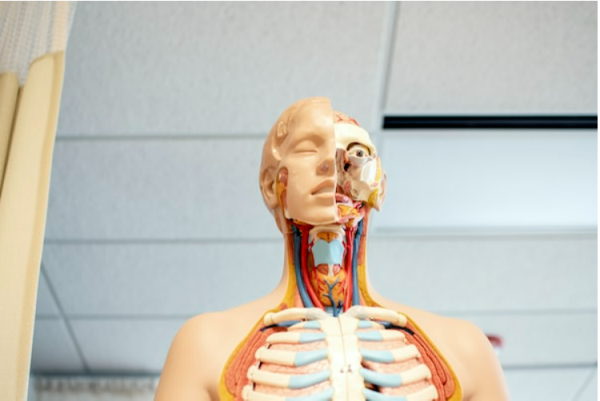Nicotinamide adenine dinucleotide (NAD) is an essential molecule found in all living cells. It’s involved in various metabolic processes and is essential for transferring energy within cells. NAD is present in both oxidized and reduced forms and is involved in the essential oxidation-reduction reactions for life. Keep reading to learn more about what is nicotinamide adenine dinucleotide?
What is NAD?

NAD is a coenzyme that plays a crucial role in energy metabolism. It’s involved in the biosynthesis of cellular energy and is also involved in the regulation of various cellular processes, including DNA repair, gene expression, and calcium signaling. The molecule consists of two nucleotides, adenine, and nicotinamide, which are linked together by the phosphate groups.
NAD is essential for the functioning of various enzymes in the body that are involved in oxidation and reduction reactions. This coenzyme is involved in the transfer of electrons, which allows metabolic pathways to proceed while generating ATP, the molecule that powers most cellular processes.
In this process, NAD accepts or donates electrons depending on the direction of electron flow within the cell’s metabolic pathways. NAD also serves as an activator for some enzymes involved in DNA repair processes, and it participates in signal transduction pathways that influence gene expression and cellular growth and development. Additionally, NAD is involved in the production of a molecule called cyclic ADP ribose, which plays a role in regulating calcium levels in cells.
Nicotinamide adenine dinucleotide is an essential molecule with a wide range of bodily functions. Understanding its role in cellular processes can help researchers develop new treatments for diseases related to metabolic dysfunction.
What is the structure of NAD?
NAD is composed of two nucleotides joined together by a phosphate group. It plays a vital role in metabolism as it acts as an electron carrier during redox reactions. NAD serves to shuttle electrons from one molecule to another and is reduced to NADH after accepting the electrons. This reaction allows for energy production within the cell’s mitochondria through oxidative phosphorylation and glycolysis, which are both processes that break down glucose molecules into ATP.
The structure of NAD consists of two ribose sugars bound together by a pyrophosphate bridge, with adenine attached to one sugar and nicotinamide attached to the other sugar. The attachment of these two molecules forms what is known as a dinucleotide because there are two nucleotides present.
Additionally, each sugar has three hydroxyl groups allowing hydrogen bonding between them and forming a stable double helix structure. As NAD moves throughout the cell, it can accept or donate electrons depending on its chemical environment; when it accepts electrons from another molecule, it will become reduced or oxidized depending on where those electrons.
What are the benefits of having adequate NAD levels?

Higher levels of NAD can help protect against age-related diseases like Alzheimer’s and Parkinson’s disease. Research has shown that increased NAD concentrations have been linked to improved cognitive function and delayed onset of these conditions.
Higher levels of NAD can also benefit overall metabolic health by increasing mitochondrial efficiency within cells which helps to convert food into energy more efficiently and improve muscle endurance during exercise regimens. It has also been noted that enhanced levels may support healthy weight management due to its ability to boost fat-burning potential while preserving lean muscle tissue at the same time.
Finally, NAD has been shown to reduce oxidative stress, which leads to better immune system functioning as well as healthier skin complexion when applied topically through serums or creams containing this powerful compound.
NAD is a key player in the regulation of cellular energy homeostasis and is essential for maintaining metabolic health.

